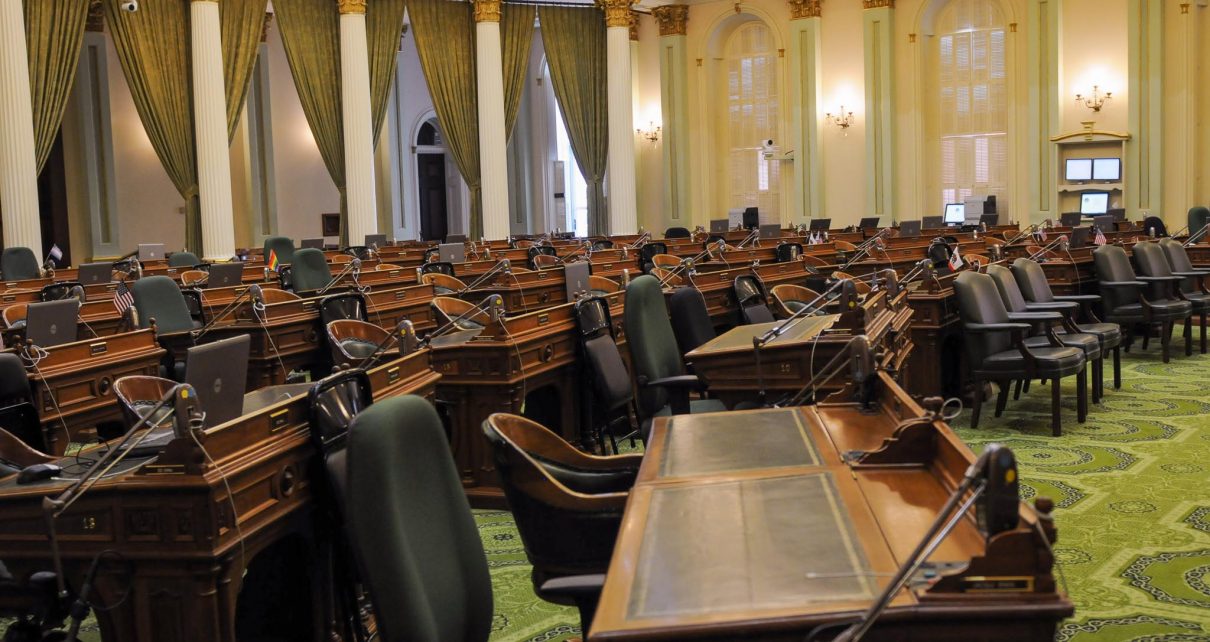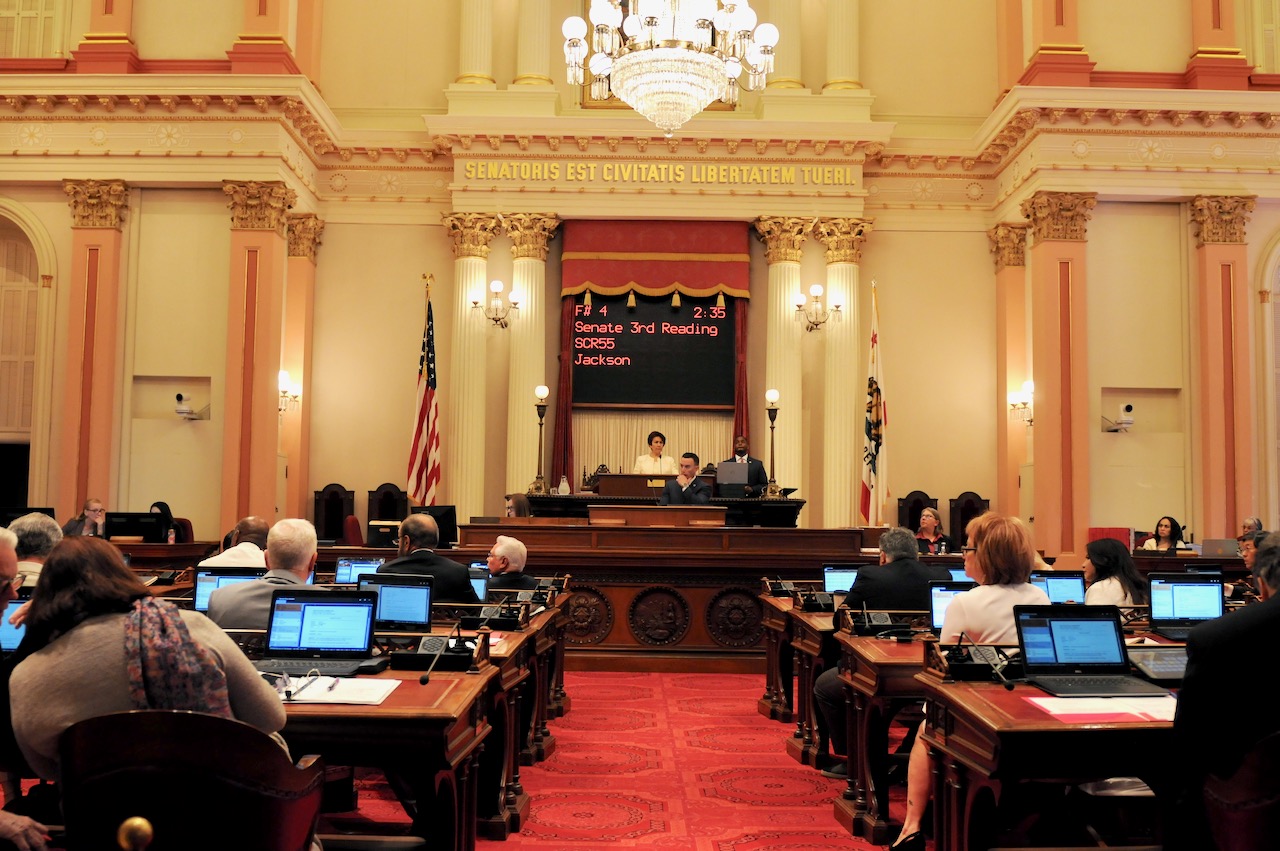
California State Assembly. (Photo: Kevin Sanders for California Globe)
Dealing with Federal or Local Preemption in Legislation
California legislation at times needs to consider the impact of federal laws
By Chris Micheli, April 30, 2022 7:40 am
California legislation at times needs to consider the impact of federal laws as well as local laws and the impact of California statutes. There are times when the Legislature has to consider that a statute it enacts does not get preempted by federal law. In most instances, however, the Legislature either wants to preempt local ordinances or not preempt them.
The following is an example of bill language that takes into account federal law:
This chapter shall be construed liberally to effectuate its purposes, to protect employees’ access to health care during a labor dispute and to preserve state resources, to the fullest extent not preempted by federal law.
The following are examples of bill language that is used to not preempt local ordinances:
The amendments made to this section or the act adding this subdivision shall not be construed to preempt local ordinances requiring the payment of prevailing wages on housing projects.
This section does not preempt any local ordinance prohibiting surgical claw removal, declawing, or a tendonectomy on any cat, or otherwise prohibiting the altering of a cat’s toes, claws, or paws to prevent the normal function of the cat’s toes, claws, or paws, or imposing a more severe penalty for performing such an action.
Sometimes, the Legislature uses findings and declarations or intent language in its effort to not preempt local ordinances. The following is an example of intent language:
The Legislature does not intend to preempt any local actions, ordinances, or regulations that impose additional or more stringent requirements on businesses that handle hazardous materials.
In other bills, the Legislature includes language to address possible other state laws, as well as local ordinances. In the following example, the language uses more than just the term preempt:
This section does not limit, preempt, or otherwise affect any other state or local law, rule, regulation, or ordinance applicable to the conduct described in subdivision (a), or otherwise relating to commercial cannabis activities.
And, in other statutes, the Legislature does not use the term preempt, but intends the same result. The following is an example of a bill that does not use the word preempt:
This section does not prevent a local governing body from adopting and enforcing a local ordinance, rule, or regulation to prevent slavery or human trafficking.
At other times, the Legislature desires to preempt local ordinances. In this type of bill, the language expressly does preempt any local ordinance. The following is an example where any local ordinance would be preempted by the state law:
This section shall preempt any local ordinance to the contrary.
When proposed statutes are deemed a matter of statewide concern, they generally preempt any contrary local ordinances. However, in other instances, the Legislature sets a statewide standard and then allows local governments to enact their own ordinances that are more stringent, for example, than the state statute. Regardless of whether the Legislature desires to have preemption or not, a bill needs to address the issue with clear language one way or the other.
- Bond Elections and Harbor Improvement Bonds - December 8, 2025
- ‘Bottomry’ in California - December 8, 2025
- Interstate Depositions and Discovery Act - December 7, 2025




